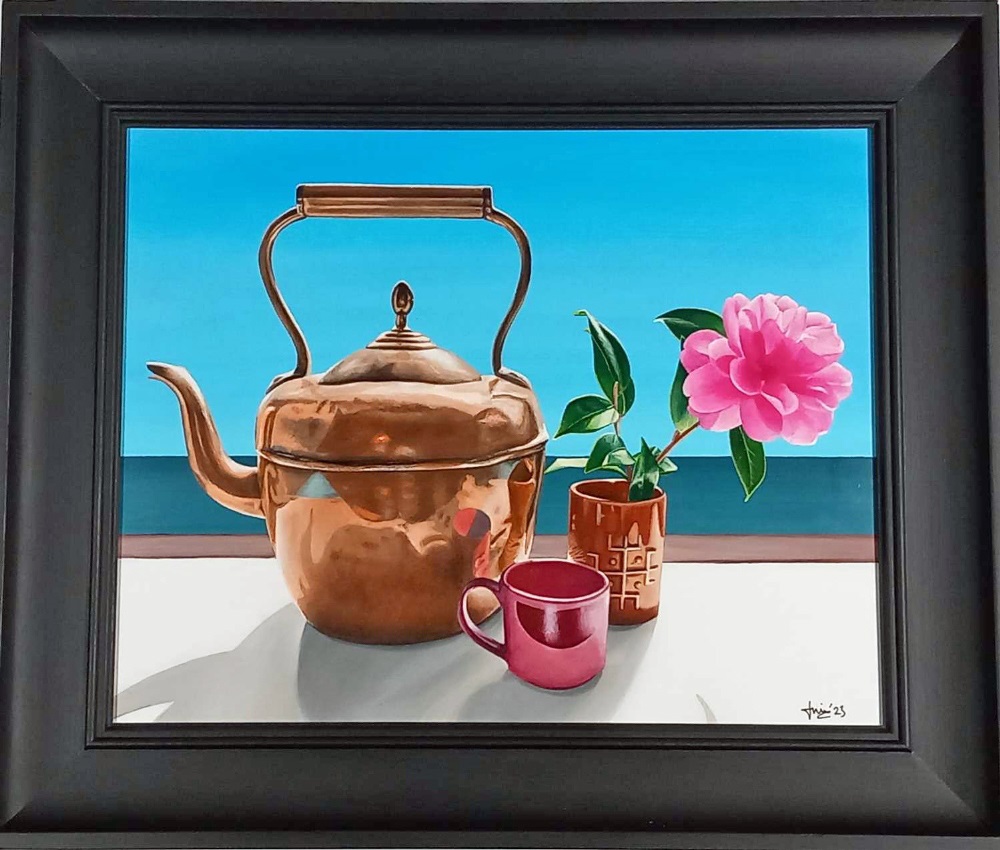

01/05/2024 General News
For many years, fine art auctions were dominated by Old Masters, with the great names from the past attracting the briskest bidding; more modern and contemporary art was much less sought-after, writes Daniel Smith. This is nothing new, of course – let’s not forget that even Van Gogh sold just one painting in his entire lifetime.
The concept of ‘modern art’ is also not a recent invention. Scholars tend to agree that the first appearance of the term was in 1863, when Edouard Manet exhibited his (then) scandalous Le déjeuner sur l’herbe in the Salon des Réfusés in Paris. Art had of course evolved over the centuries before this, but Manet’s work, and the movement it gave birth to, can genuinely be called a new beginning.
Few would regard Impressionism as modern today, given that its roots are more than 150 years ago. The point is that for each generation, what constitutes modern art is different; from Fauvism and Cubism at the beginning of the 20th century, through Dadaism and Surrealism with their inter-war emergence, to Pop Art and Minimalism after the Second World War.
So how would we define modern art today? There is no one correct answer to this, but a sound starting point is to nominate anything produced in the second half of the 20th century or in the 21st century as modern. It’s not a perfect definition – and it is constantly evolving – but you have to draw a line somewhere.
The post-war period could be called a ‘golden era’ of British art and design, kick-started by the Festival of Britain in 1951, and a new-found optimism which grew from a rapid growth in affluence and consumerism. This was coupled with a confidence in the modern. Less happy times were rejected in favour of a belief in the present and the future, which certainly looked brighter than it had for many decades.
At the same time, a new wave of artists were bringing a new style of art to the masses. Art schools such as Slade were nurturing artists like Craige Aitchinson, while pop artists such as Andy Warhol and Roy Lichtenstein brought together contemporary art and mainstream pop culture, and photographers such as Helmut Newton, David Bailey and Richard Avedon were documenting the swinging sixties.
This was followed by Minimalism, which emerged in New York in the 1960s and 1970s, with proponents such as Donald Judd, Frank Stella and Piet Mondrian, and Postmodernism, which started in the 1980s and featured such luminaries as Jeff Koons and Claes Oldenburg.
Perhaps the most famous modern art movement of our time is Conceptual Art. We tend to think of this as a product of the 1990s and 2000s, which is when artists such as Damien Hirst and Tracey Emin become famous, but in fact it has its origins as early as 1913. Collectors such as Charles Saatchi and museums like London’s Tate Modern and New York’s MOMA have done much to maintain its profile.
In the saleroom, we are seeing an explosion in the popularity of art and design from the second half of the 20th century, a phenomenon which has also seen a new generation of collectors coming into the saleroom.
Keys’ Modern Art Sale takes place on Friday 24th May. Full details of all Keys’ sales at www.keysauctions.co.uk.